Diamonds may be a girl’s best friend, but they’re just one facet of the fascinating world of gemstone jewelry. There are many types of gemstones that bring a sparkle to the eyes of collectors and investors alike, and jewelry auctions at Everything But The House are a great way to start or expand your personal collection. Whether you’re buying loose gemstones for your investment portfolio or stone jewelry as a gift, it’s worth spending time learning the basics about gems to help you find the best deals online.
Of 4,000 mineral species, only approximately 100 are categorized as gemstones, according to statistics published by the U.S. Geological Survey. It’s possible to divide those gemstones into precious gemstone and semiprecious gemstone categories. The term “precious” usually only refers to four types of stone:
● Diamonds
● Emeralds
● Rubies
● Sapphires
The term “semiprecious” covers all other gemstones. Manufacturers use both categories of gemstones in jewelry making, and because gemstones are available in a wide range of sizes and qualities, the use of precious or semiprecious gemstones isn’t the only factor determining the value of jewelry.
Before buying any gemstones, it’s important to understand the difference between natural and synthetic stones and between enhanced and imitation stones. All of these stones have the potential to create beautiful jewelry, but the associated selling prices can be very different:
● Natural Gemstones: These are naturally occurring gemstones mined from the ground. They’re the rarest type of stones, and their costs reflect that rarity.
● Enhanced Gemstones: Some manufacturers enhance natural gemstones using heat, irradiation, or dyes. The enhancements improve the appearance of the stones, but they’re still less valuable than naturally beautiful stones.
● Laboratory-created Gemstones: Synthetic stones grow in laboratories. They share the same physical properties as natural stones, but they’re significantly less rare and valuable. It’s difficult to tell the difference between real and synthetic stones, but an online listing should always make this clear to buyers.
● Imitation Gemstones: Many products look like real gemstones but don’t share the same physical properties. Commonly, imitation gems are made of glass or cubic zirconia. They’re less valuable than other types of gemstones, and again, a listing should always clearly identify imitations to buyers.
When valuing gemstones, professional assayers use criteria known as the Four Cs — color, clarity, carat, and cut:
● Color: A stone’s color is one of the most important factors for determining value. Each type of gemstone has a preferred color that’s composed of the hue (the impression of color), the tone (lightness or darkness), and saturation (purity and depth of the hue). For example, valuable diamonds are clear and bright, while the most expensive colored gemstones are saturated and vivid.
● Clarity: Clarity, which is almost as important as color, refers to the gemstone’s transparency and the number of visible flaws, otherwise known as inclusions. Perfectly clear stones with no visible flaws are obviously the most valuable. However, inclusions are more common in certain types of gemstones, such as emeralds, in which case the inclusions have a lesser impact on price.
● Carat: The carat is a measure of weight for gemstones and is different from the karat used to describe the purity of gold. A carat is equivalent to one fifth of a gram, and each carat comprises 100 units, called points. So, a half-carat stone weighs .50ct (50 points). A stone’s carat value is important. Dealers sell gems by weight rather than size, and because gemstones have different densities, it’s possible for similarly sized stones to have vastly different prices.
● Cut: A stone’s cut defines its shape and therefore its beauty. A stone with precise cuts reflects light evenly across the surface and creates magical sparkle with its facets. Common cuts include round, oval, pear, and marquise.
The origin of birthstones dates back to the Biblical story of Exodus, when the high priest Aaron wore a breastplate decorated with 12 gemstones to represent the 12 tribes of Israel. Today, many people still give birthstone jewelry as gifts:
● January: Garnet
● February: Amethyst
● March: Aquamarine
● April: Diamond
● May: Emerald
● June: Pearl and Alexandrite
● July: Ruby
● August: Peridot, sardonyx, and spinel
● September: Sapphire
● October: Tourmaline and opal
● November: Topaz and citrine
● December: Tanzanite, zircon, and turquoise
These stones are also thought to have magical properties. For example, rubies are meant to increase creativity, sapphires are meant to be calming, and amethysts are meant to promote healing and meditation.
It’s not common to buy loose gemstones in a store. Usually, it’s necessary to leave Main Street and shop online. Before committing to a purchase, study the pieces carefully. Read the descriptions and check whether you’re buying natural or synthetic stones. Look at the pictures closely, and use the zoom function on images when possible. Remember: there’s nothing wrong with jewelry featuring a beautiful synthetic or imitation stone as long as you don’t pay natural stone prices for it.
Always consider the reason why you’re buying gemstone jewelry. If you want a piece to wear for a specific occasion, consider how the gemstones complement your outfit. If you’re buying a gift, consider purchasing something related to the recipient’s birth month. If investment is your main aim, purchase high-quality pieces. Want loose gemstones for jewelry making? Bear in mind that some gemstones are harder than others; soft gemstones aren’t well suited to rings and bracelets because they’re likely to wear quickly.
Everything But The House is a great place to shop because it hosts estate sales and auctions where you can find vintage and modern gemstone jewelry along with selections of loose stones from collectors. Quality visuals highlight the condition of each piece, and accurate descriptions cover the fineness of the precious metals and the types of gemstones. By finding your gemstones from a reliable source, you know exactly what you’re spending your money on and you’ll be happier with your purchase.
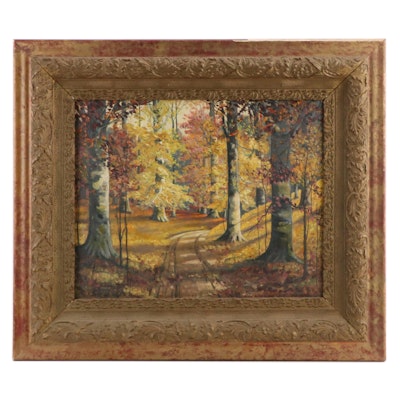





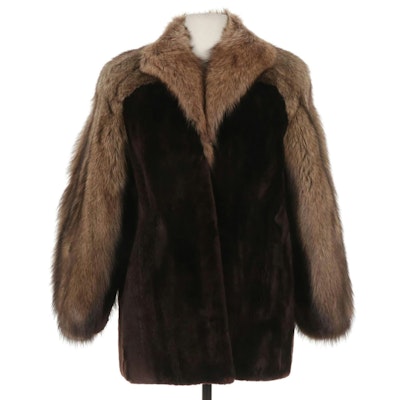

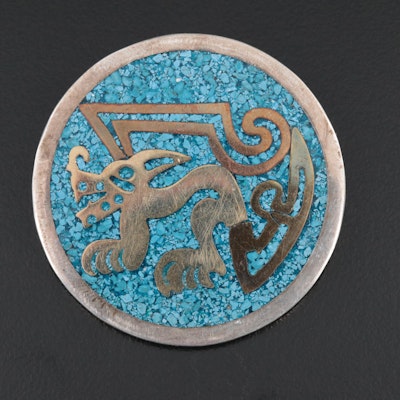

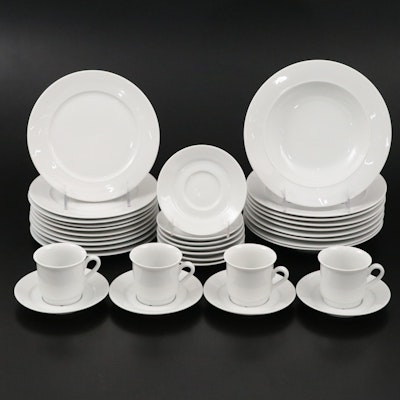




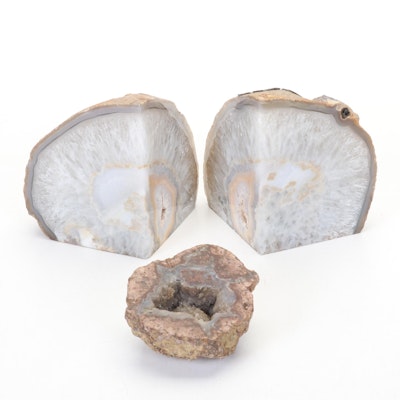
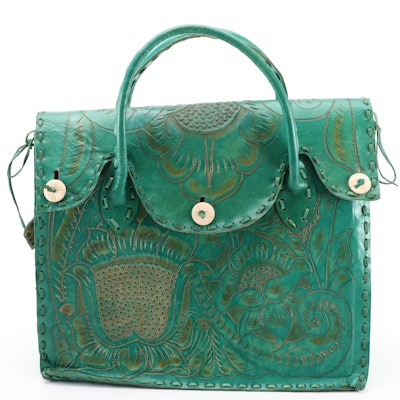




There are some amazing, one-of-a-kind items waiting to be discovered. Sign in to start bidding!
Not a member? Sign up.